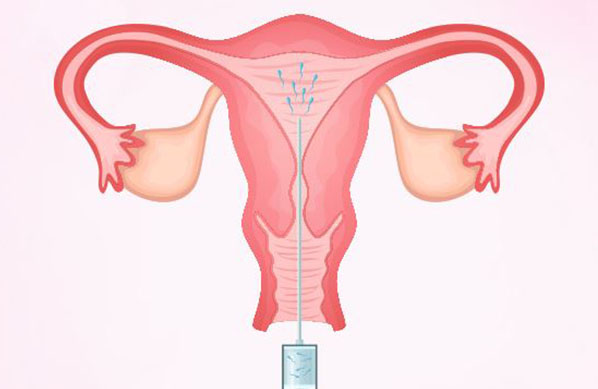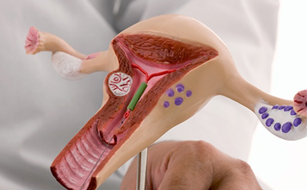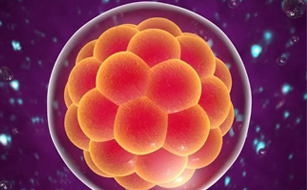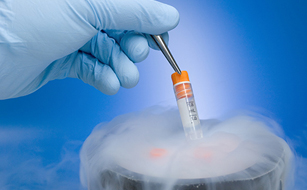
IUI stands for Intrauterine Insemination. It's a fertility treatment that involves placing sperm inside a woman's uterus to facilitate fertilization. This procedure is typically used for couples who have difficulty conceiving due to issues such as low sperm count, cervical mucus problems, or unexplained infertility.
During IUI, the woman is usually monitored closely with ovulation predictor kits, ultrasound, or blood tests to determine the optimal time for the procedure. Sperm from the male partner or a donor is then washed and concentrated before being inserted directly into the uterus using a thin, flexible catheter. This increases the chances of the sperm reaching and fertilizing the egg.
IUI is a less invasive and less expensive option compared to other assisted reproductive technologies like in vitro fertilization (IVF), and it can be a viable treatment for some couples struggling with infertility.
The process of Intrauterine Insemination (IUI) involves several steps:
Initial Consultation and Evaluation: The first step involves meeting with a fertility specialist who will assess your medical history, conduct tests to evaluate your reproductive health, and discuss your options for treatment. This evaluation helps determine if IUI is the right course of action for you and your partner.
Ovulation Monitoring: Before undergoing IUI, the woman's menstrual cycle is monitored closely to determine the timing of ovulation. This may involve using ovulation predictor kits, ultrasound scans, or blood tests to track hormone levels.
Semen Collection and Preparation: On the day of the procedure, the male partner or a sperm donor provides a semen sample. The semen is then processed in the laboratory through a process called sperm washing, which separates the sperm from the seminal fluid and concentrates the sperm into a smaller volume. This step helps to remove any potentially harmful substances and increase the concentration of healthy sperm.
Insemination Procedure:Once the semen sample is processed, the IUI procedure can take place. The woman lies on an examination table, similar to a pelvic exam, and a speculum is inserted into the vagina to provide access to the cervix. A thin, flexible catheter containing the prepared sperm is then inserted through the cervix and into the uterus. The sperm are deposited directly into the uterus, bypassing the cervix and increasing the chances of sperm reaching the fallopian tubes where fertilization occurs.
Post-Procedure Monitoring After the insemination, the woman may be advised to rest for a short period before resuming normal activities. Some fertility clinics may recommend additional monitoring or medications to support the implantation process.
Post-Procedure Monitoring Pregnancy Testing: Approximately two weeks after the IUI procedure, a pregnancy test is performed to determine if conception has occurred. If the test is positive, further monitoring and prenatal care will be provided to support the pregnancy.

AIUI stands for Intrauterine Insemination. It's a fertility treatment that involves placing sperm inside a woman's uterus to facilitate fertilization.

Blastocyst transfer represents a significant advancement in the field of assisted reproductive technology, offering hope to individuals and couples struggling with infertility. By extending embryo culture to the blastocyst stage, this technique allows for improved embryo selection

Embryo freezing has transformed the landscape of fertility treatment, offering individuals and couples facing infertility a valuable option for preserving and expanding their reproductive options. By cryopreserving embryos, individuals can increase their chances of pregnancy, reduce the risk of complications

High-risk pregnancy presents unique challenges and requires specialized care to ensure the health and well-being of both mother and baby. By understanding common risk factors, recognizing potential complications, and implementing appropriate management strategies, healthcare providers can help navigate the complexities of high-risk pregnancy and optimize outcomes for expectant

